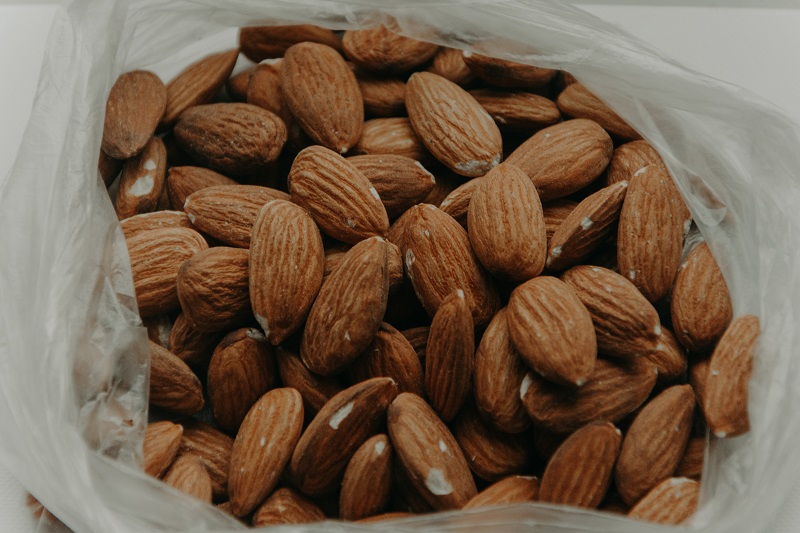Minimal Almond Pruning Still Shines
Many almond growers are aware of the experiment where we have been monitoring the long-term effects of minimal pruning of an almond orchard. The harvest of 2012 marked the end of the 13th growing season for this test orchard located near Modesto, CA.
This season, yield of untrained and unpruned Nonpareil trees was virtually the same as trees that were initially trained to three scaffolds and have been pruned annually for the last 13 years. Cumulatively, unpruned Nonpareil trees have yielded 1,345 pounds more than annually pruned Nonpareil trees throughout the first 13 years of the orchard’s life.
In contrast, yield of untrained and unpruned Carmel trees was more than 500 pounds per acre higher than annually pruned Carmel trees this last year. Unpruned Carmel trees have accumulated 3,216 pounds per acre more than Carmel trees that have been pruned every year. Conservatively, the cost of pruning, stacking, and shredding brush every year, plus the value of lost yield, would have cost the grower more than $7,000 per acre to date.
In the experiment, there are three “minimal” pruning strategies and they are compared against trees that were initially trained to the conventional three scaffolds (at least it was conventional in the year 2000) and have been pruned moderately each year since then.
Unpruned Decade
In the first minimal pruning strategy, the trees were trained to three scaffolds after the first year and were pruned again the second year (same as the “conventionally” pruned trees). They have not been pruned in the 11 years since then. These trees look surprisingly acceptable and have had the least amount of problems with scaffold failure in the trial. This is my favorite pruning strategy in this experiment because we reduced the risk of tree failure by establishing a strong foundation, yet we saved 11 years of pruning costs and have benefited from high long-term yields.
In the second minimal pruning strategy, we left four, five, sometimes even six scaffolds. The trees were also mechanically topped twice during the first growing season to make a bushier tree. Each year, pruners have been allowed to make only three pruning cuts per tree.
In the final minimal pruning strategy, we did not select any scaffolds, but cut off all shoots low on the trunk that would interfere with a shaker. These trees have not been pruned at all for 13 years except to remove limbs that interfere with farming practices. They are extremely bushy and many have limbs that snake around each other. These trees had more problems with scaffolds breaking during the development years (the trees were not tied). Even though this treatment goes against everything we learned about pruning and they don’t look pretty, the trees have maintained excellent yields so far.
Don’t Waste $
The take home message: So far, I have not seen many problems with unpruned almond trees in the short term or even in the relatively long term. Unpruned trees are the same height as annually pruned trees and don’t appear to have any more foliar disease problems, although it may be difficult to judge disease severity in this trial. Untrained trees and trees trained to multiple scaffolds may have more mummies after harvest, but trees that are initially trained to three scaffolds do not have more mummies, whether they are pruned every year or not.
There are many reasons to prune an almond orchard, including removal of limbs that are diseased, interfere with farming operations, or are dangerous to equipment operators. Orchards in windy areas may need more pruning to reduce tree leaning during the first few years. However, contrary to what many of us were taught, pruning is not necessary to sustain yield, at least in the moderately long term. This experiment is now past the “honeymoon” stage of the orchard. It will be interesting to see what happens during the last half of the orchard’s life. Based on the results of previous trials, I don’t expect that yields will decline significantly faster in unpruned trees.










